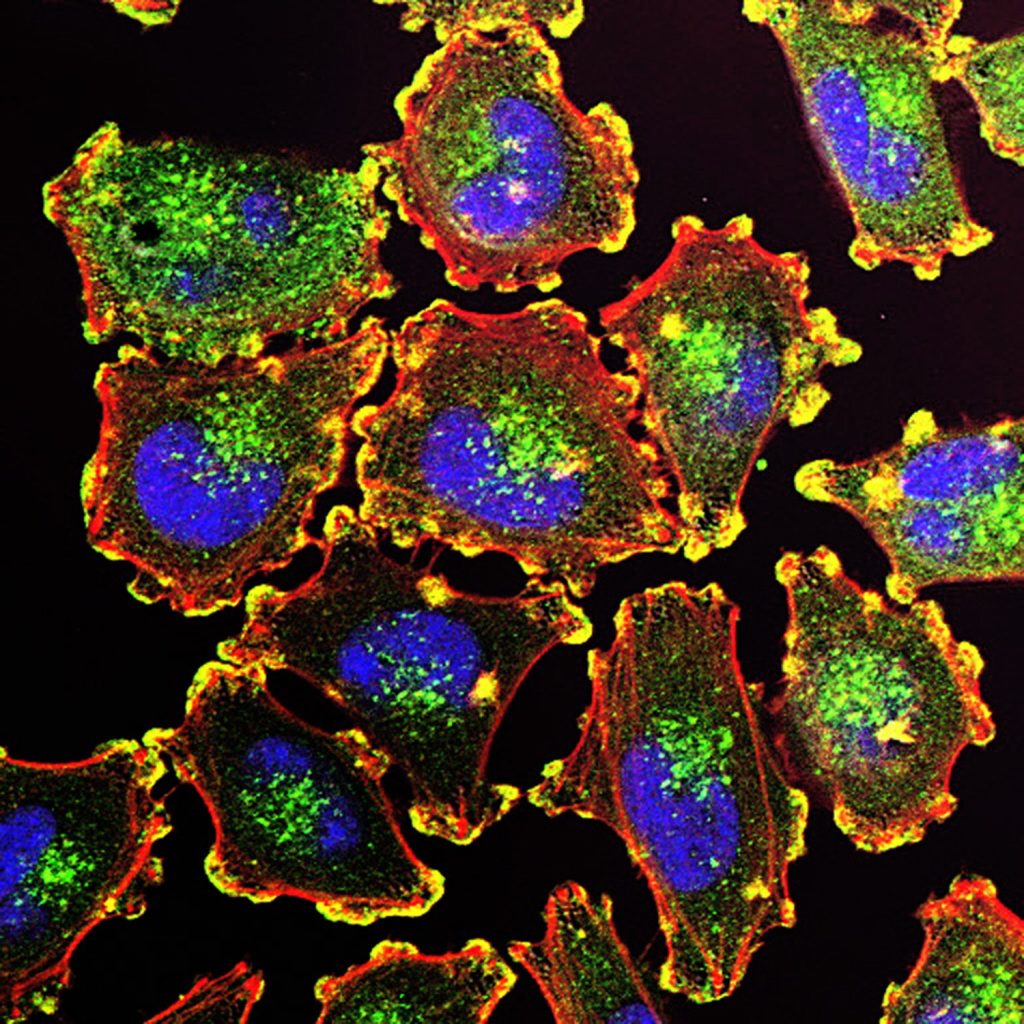Less Sleep and Later Bedtime in Childhood Linked to Future Substance Use

A good night’s sleep is essential for children’s health and development, but childhood sleep patterns may also be linked to future substance use. A new study, led by a team of Penn State researchers, found that adolescents were more likely to have consumed alcohol or tried marijuana by age 15 if they went to bed later and slept fewer hours during childhood and adolescence. The team published their findings in Annals of Epidemiology.
“The study suggests that there might be some critical ages when sleep can be a target for intervention,” said Anne-Marie Chang, associate professor of biobehavioural health at Penn State and senior author of the paper. “If we improve sleep in the school-age population, not only could that show improvements in sleep health but in other aspects like the decision to engage in risky behaviours like alcohol and other substance use.”
The research team explored childhood sleep at different developmental stages within the same sample of children to see if there’s an impact on later substance use, which few studies have investigated. They focused on two different facets of sleep health – total duration of sleep and time of sleep or bedtime. The researchers explained that if children, especially school-aged children, go to bed later, it could affect their ability to sleep well.
“Sleep is multifaceted. It’s important for children because it helps with growth and development. The brain is more plastic during younger ages and you want healthy sleep to support neural development,” said David Reichenberger, co-lead author and who earned his doctoral degree in biobehavioural health at Penn State during the time of the research. “Poor sleep health could have downstream effects on their physical health as well as decision making, which could in turn be related to their decision to engage in substance use.”
The study drew on data from 1514 children in the Future of Families and Child Wellbeing Study, a diverse longitudinal birth cohort of children from 20 cities across the United States. Parents reported their child’s regular weekday bedtime at ages three, five and nine. They also reported their child’s sleep duration at ages five and nine.
When the research team evaluated the relationship between childhood bedtime and sleep duration with future alcohol and marijuana use as teens, they found a longitudinal association. Teens were 45% more likely to try alcohol by age 15 if they had a later bedtime at age nine when compared to other children with earlier bedtimes at age nine. However, bedtime at age five wasn’t associated with future alcohol use, nor was sleep duration at ages five or nine. When it came to marijuana use, later bedtime at age five was associated with 26% increased odds of trying marijuana by age 15, while sleeping an hour less at age nine was associated with 19% increased odds of trying marijuana by age 15.
The research team also examined data from adolescents at age 15, who self-reported their bedtime, sleep duration and alcohol and marijuana use. They found that teens with a later bedtime had a 39% greater chance of drinking alcohol and a 34% greater chance of trying marijuana. Sleeping one hour less was associated with 28% increased odds of ever trying alcohol but wasn’t associated with marijuana use.
“Sleep at ages closer to adolescence is the most crucial in terms of future substance use risk. It’s that stage of development when children are rapidly changing and their brain is maturing,” Reichenberger said, noting that previous research by other groups suggests that shorter sleep duration and later bedtimes may increase impulsivity and impair decision making, which could influence substance use choices.
The findings highlight the critical role of sleep across multiple aspects of long-term health and wellbeing, researchers said. For school-age children, creating an environment that’s conducive for sleep and establishing an age-appropriate bedtime are key elements for cultivating good sleep.
“Exploring the connection between sleep and substance use is a critical area of research because we continue to struggle with an epidemic of opioid addiction and substance use,” Chang said. “It’s an important area to continue to research and to disseminate our research findings to the broader population, families and health care professionals.”
Source: University of Pennsylvania





